Keys to Implementing Marketing Project Management Methodologies

If we run a quick Google search about management methods, we find hundreds of related articles on the topic, including methodologies for industries like construction, software, product development, and more. But, are there any for marketing projects?
Something so critical and fundamental for a company as digital marketing that grants visibility and a significant percentage of a firm’s sales operates on existing project management methodologies in hopes of finding efficiency and profitability.
The methodology and processes you establish are the basis for our work on every project. That’s why it’s so crucial to find the right path and to stay consistent.
Types of project management methodologies
There are different project management methods depending on an industry or organization’s needs. However, for the purposes of this article, we’re going to focus on the most widely-used project management methodologies in the marketing space:
1. Project Management (PMP)
Predictive project management methods are those that give processes more prominence while having the environment’s stability and detailed planning as critical pillars. Its essential components are planning, execution, monitoring or control, and the close.
This methodology consists of dividing the project up into different processes executed sequentially, with the tasks depending on each other until you achieve all the goals of the project or phase.
You plan out the project from the beginning to the end, whether it be the complete project or its different phases. Client participation reduces as the project goes on while it plays a crucial role in the beginning phases.
2. Agile Methodologies (Scrum, Kanban, Extreme Programming, etc.)
Our industry has coined the term Agile Marketing to talk about project management methodologies consisting of repetition, collaboration, and self-management that have the client as the jumping-off point.
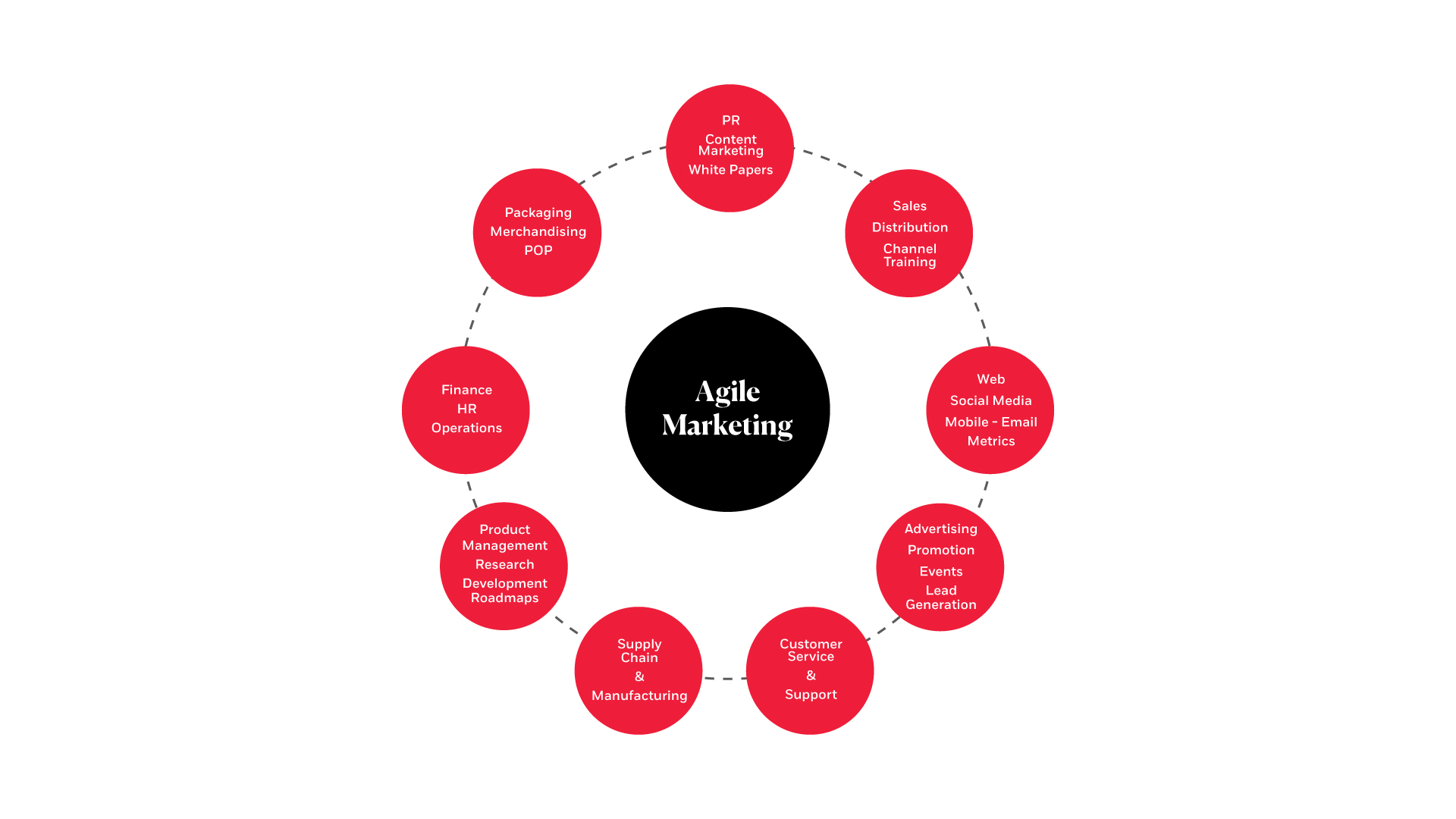
These systems are ideal for projects that change throughout their lifecycle: the agility gives us the chance to rectify and adjust priorities and requirements based on the performance we see throughout the project’s progress, while also improving the client’s experience through constant contact and involvement in the project.
The idea behind Agile project management systems is to always productively operate around the concept of continuous customer-centric innovation based on planning and optimizing resources.
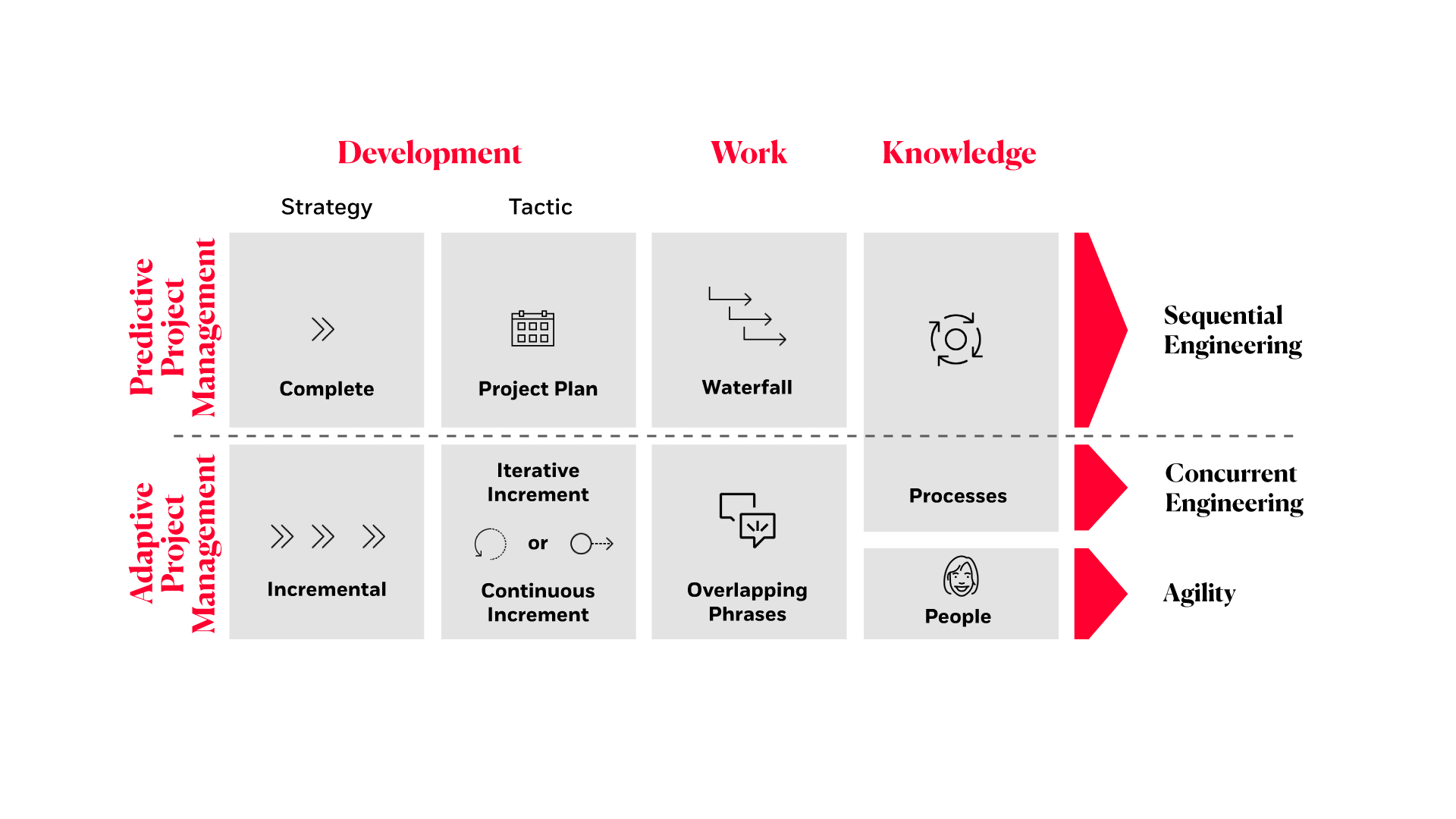
The Agile Marketing methodology is gaining the most prominence in the space due to the need to see results quickly. Implementing Agile systems lets us innovate continuously, improve the client experience, and “always be connected.” If we manage to foster agile planning in our corporate culture, we’ll be able to foresee changes we need to make before the client sees the final product.
The most widely-used agile project management methods are:
2.1. Scrum:
The key to Scrum is organizing the backlog based on the priority of the different tasks at hand, every person on the team is in charge of one, and at the end of the sprint (the timeframe you have to complete the tasks), everything must be complete.
Scrum is ideal for projects that need results in little time and where productivity, innovation, and competitiveness play a vital role. It’s also essential in cases where you need the ability to react in the face of competitors or when you need to detect mistakes that could slow down the project.
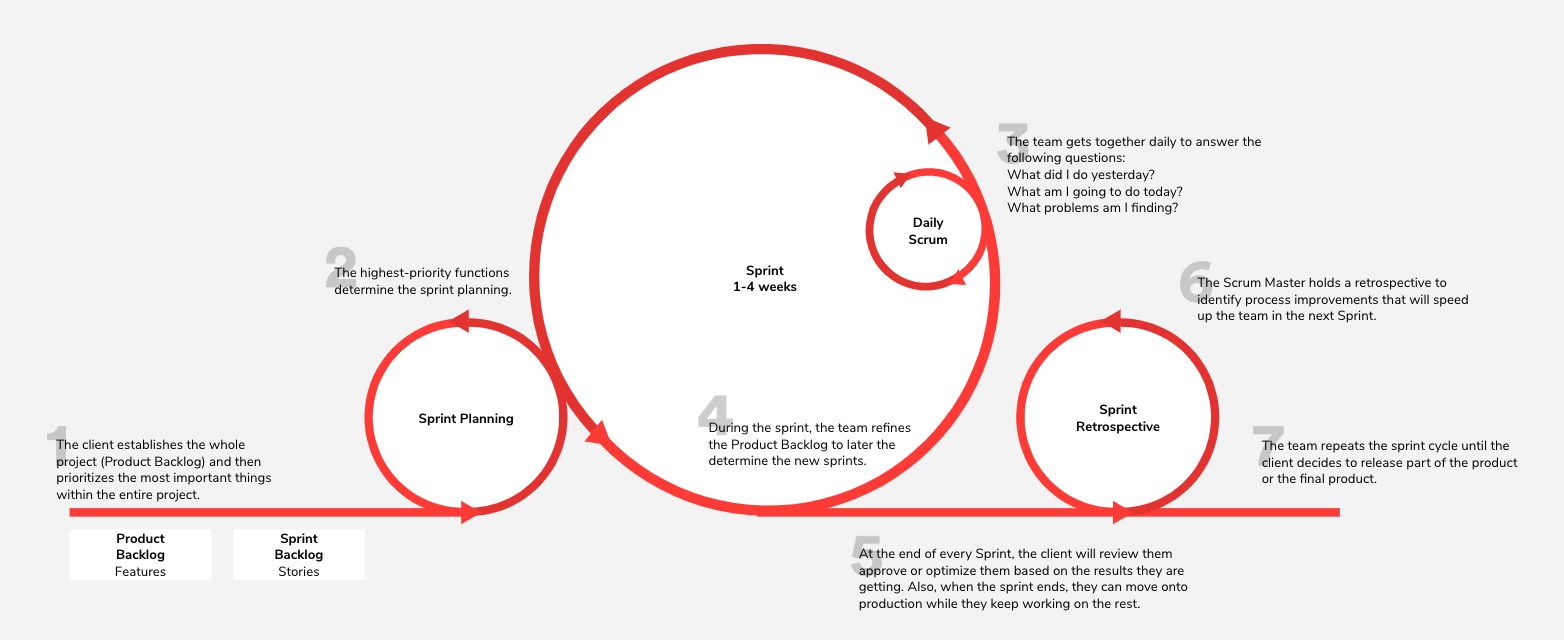
2.2. Kanban:
Kanban offers a better workflow by dividing a production process into a series of perfectly-defined phases. To succeed with Kanban, all team members need to be open to changes that lead to improvements to the system, and as a consequence, to the project.
This system requires a visualization of the process organized with panels and cards defining every task, project phase, and result. A basic principle of the Kanban method is starting and finishing a task before starting another one.
Here’s a visual representation of how you organize a Kanban project with a real-life example from our project management tool:
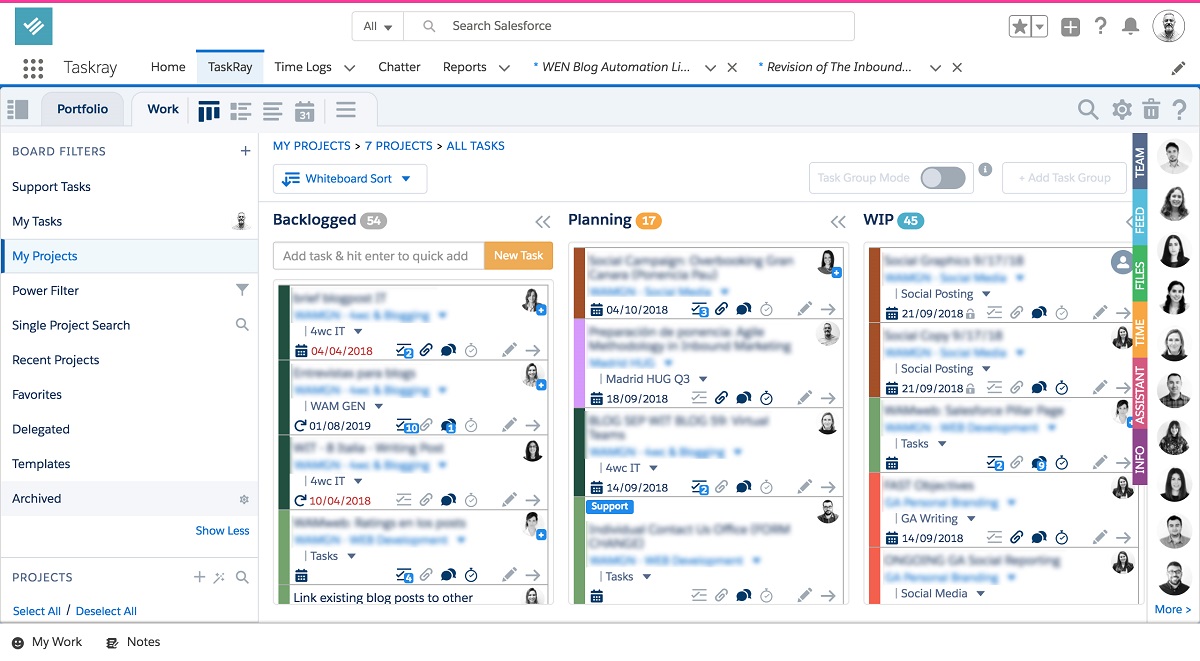
2.3. Extreme Programming:
Extreme Programming is one of the most-recognized agile processes for software development that can often relate to marketing action or campaign project coordination.
Like other agile methodologies, this method puts the emphasis on flexibility and not on predictability, making on-the-fly changes normal and inevitable.
Extreme Programming values the following:
- Simplicity in design to make development more agile and facilitate maintenance
- Communication between everyone involved in the project (including the client)
- Feedback since the client is part of the project; we find out their opinion on the project’s status in real-time
- Courage in decision-making that supposes progress towards the end of the project
- Respect in all directions
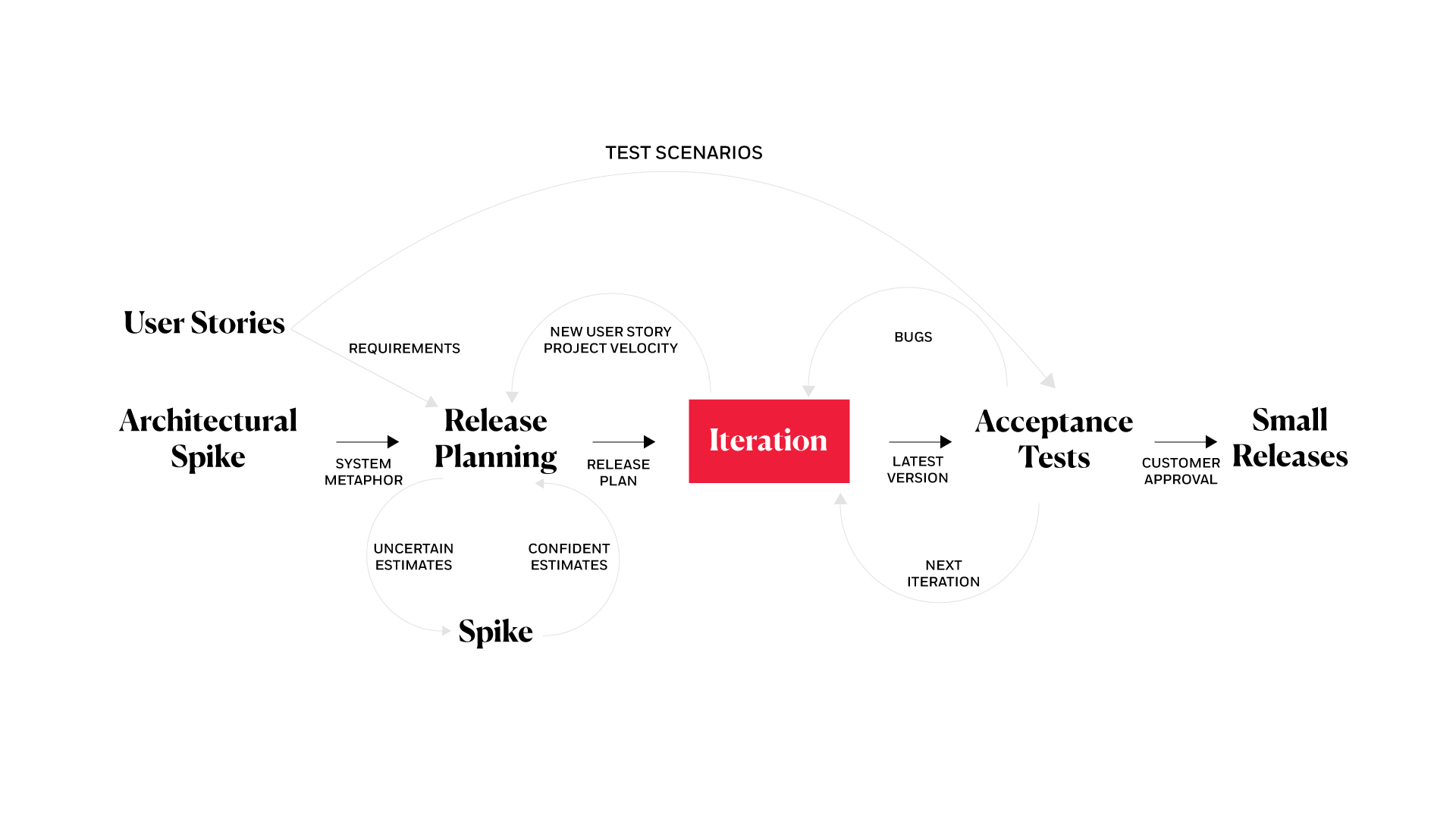
3. Prince2
Prince2 is very frequently-used in IT project management. Just like in traditional project management, Prince2 is divided into processes, but it’s focused on achieving concrete product results rather than planning actions.
This methodology is based on seven principles:
- Continuous business justification: You ensure there’s a justifiable motive for starting the project, you identify it, approve it, and maintain it throughout the project
- Learn from the experience, from the current project as well as from previous projects that can help
- Defined roles and responsibilities
- Management by phases: planning, supervision, and control in every stage of the project
- Management for exceptions: Every phase works autonomously since every stage does not need control from a higher level
- Product-orientation
- Adaptation
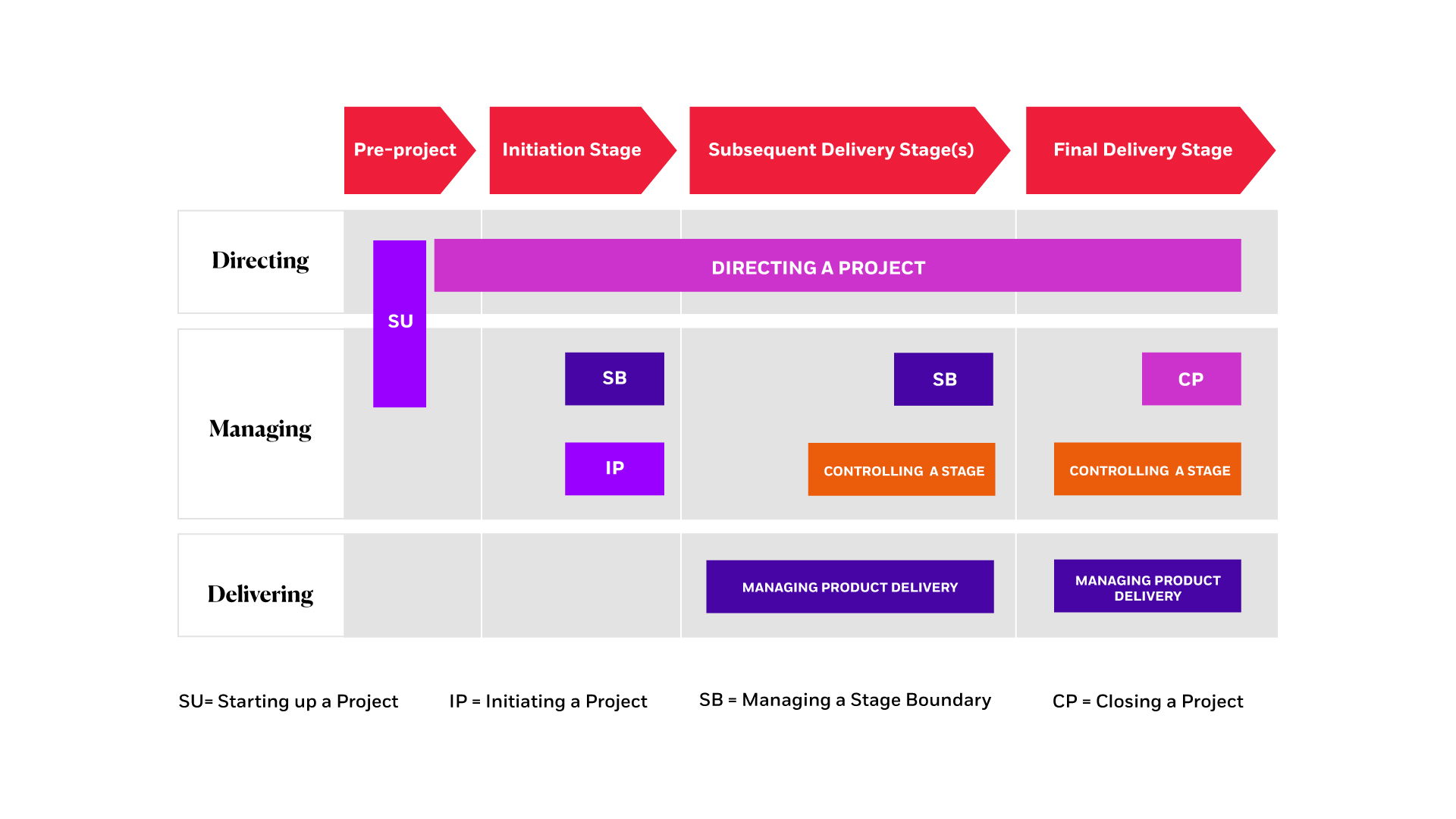
4. Critical Chain:
Critical Chain Project Management or CCPM is a project management methodology applied to planning. Unlike the others, it’s relatively recently since it was introduced in 1997 in Eliyahu M. Goldratt’s book, Critical Chain.
This project management system puts the focus on the resources that are available to execute tasks. It’s based on identifying obstacles and prioritizing tasks on the chain.
Its strengths are:
- On-time hand-in
- Resource savings
- Risk minimization
As you can see, you’ll need to opt for one methodology or another depending on the marketing project you have at hand, or perhaps go for a combination of them. Have you applied some of the ones we’ve mentioned in this article in your organization? What are your thoughts?
Subscribe to our newsletter and stay up to date with the latest digital trends.
Subscribe to our newsletter and stay up to date with the latest digital trends.
No thanks. My inbox is fine as it is.